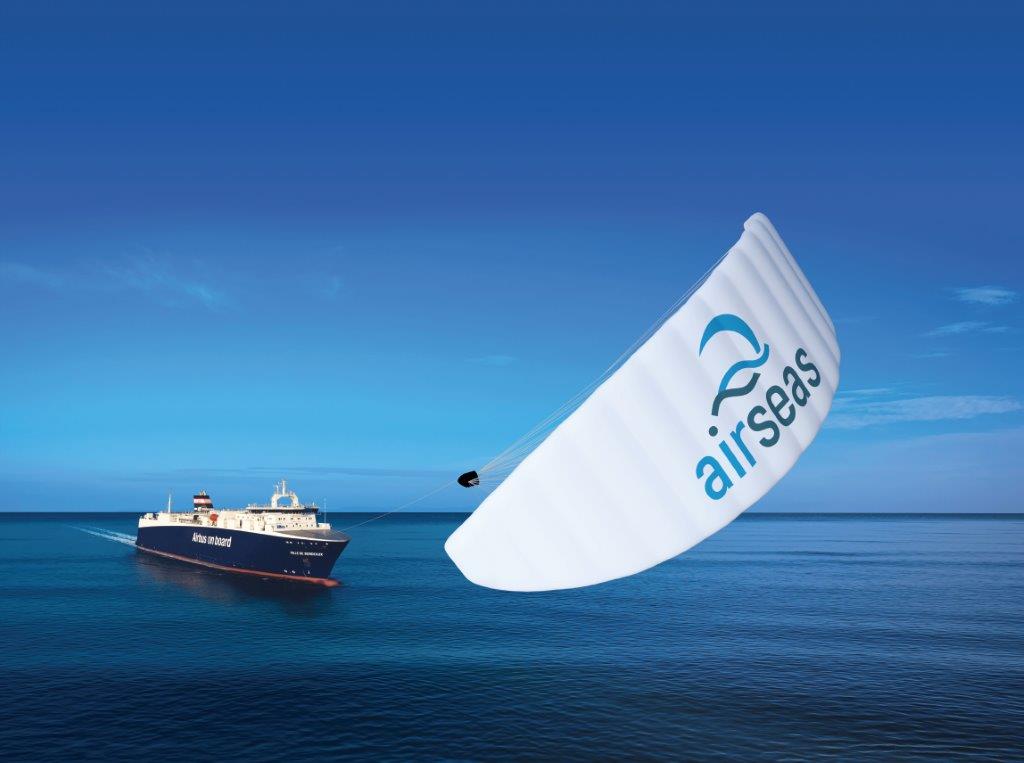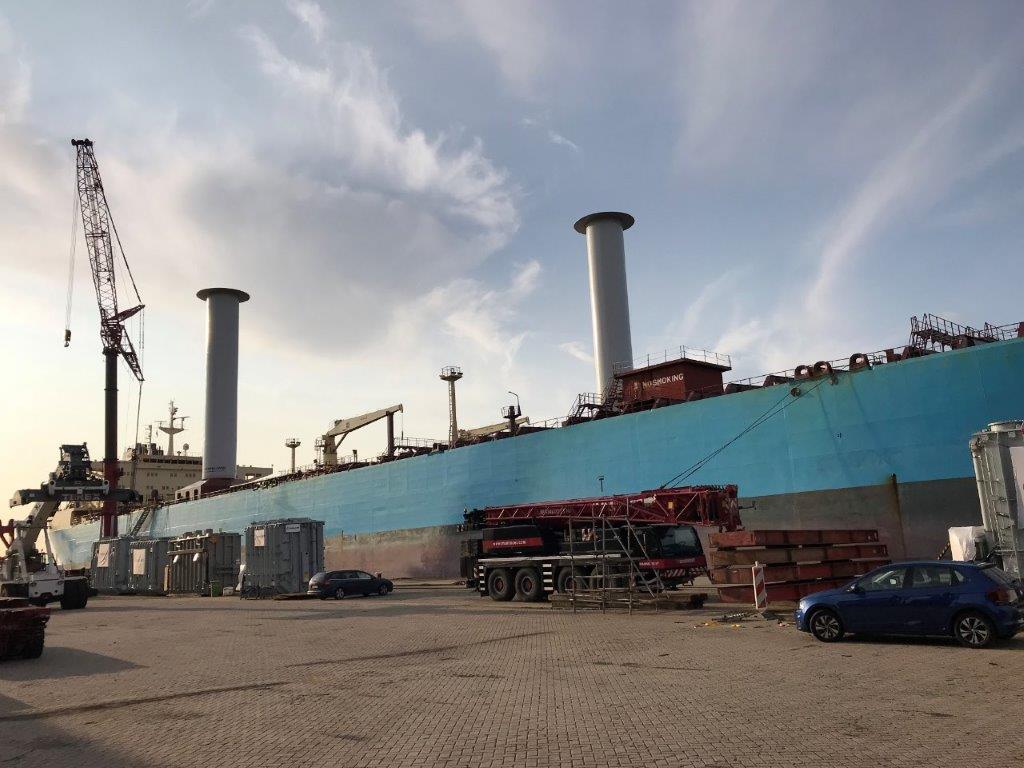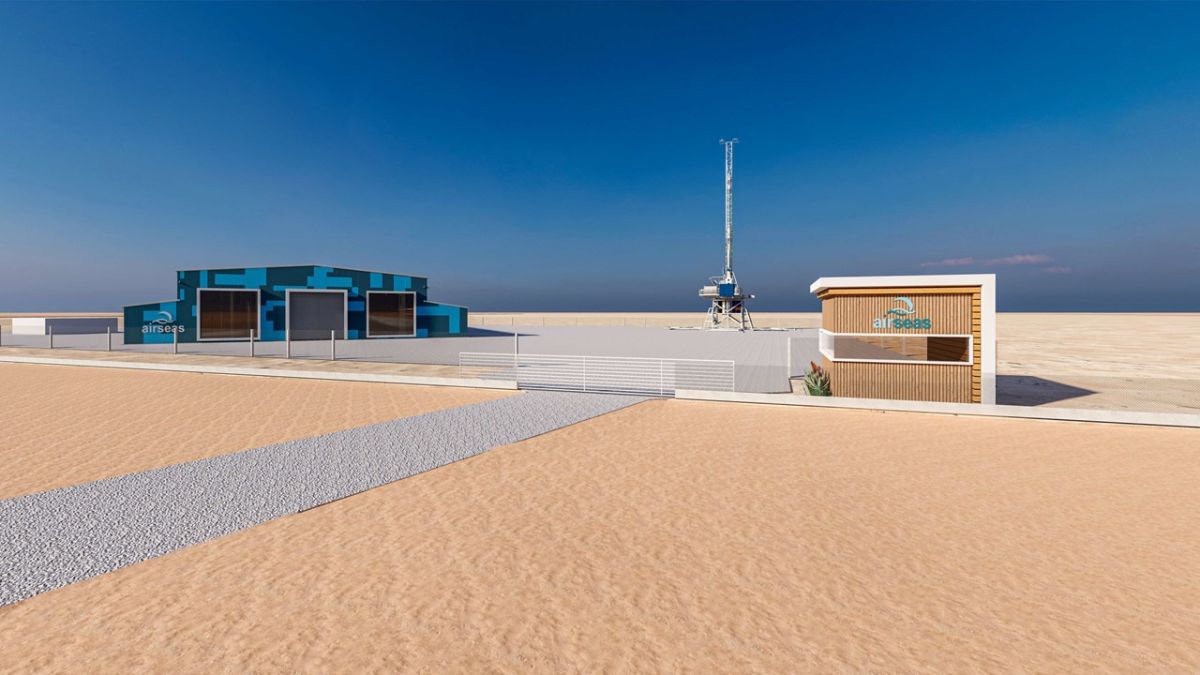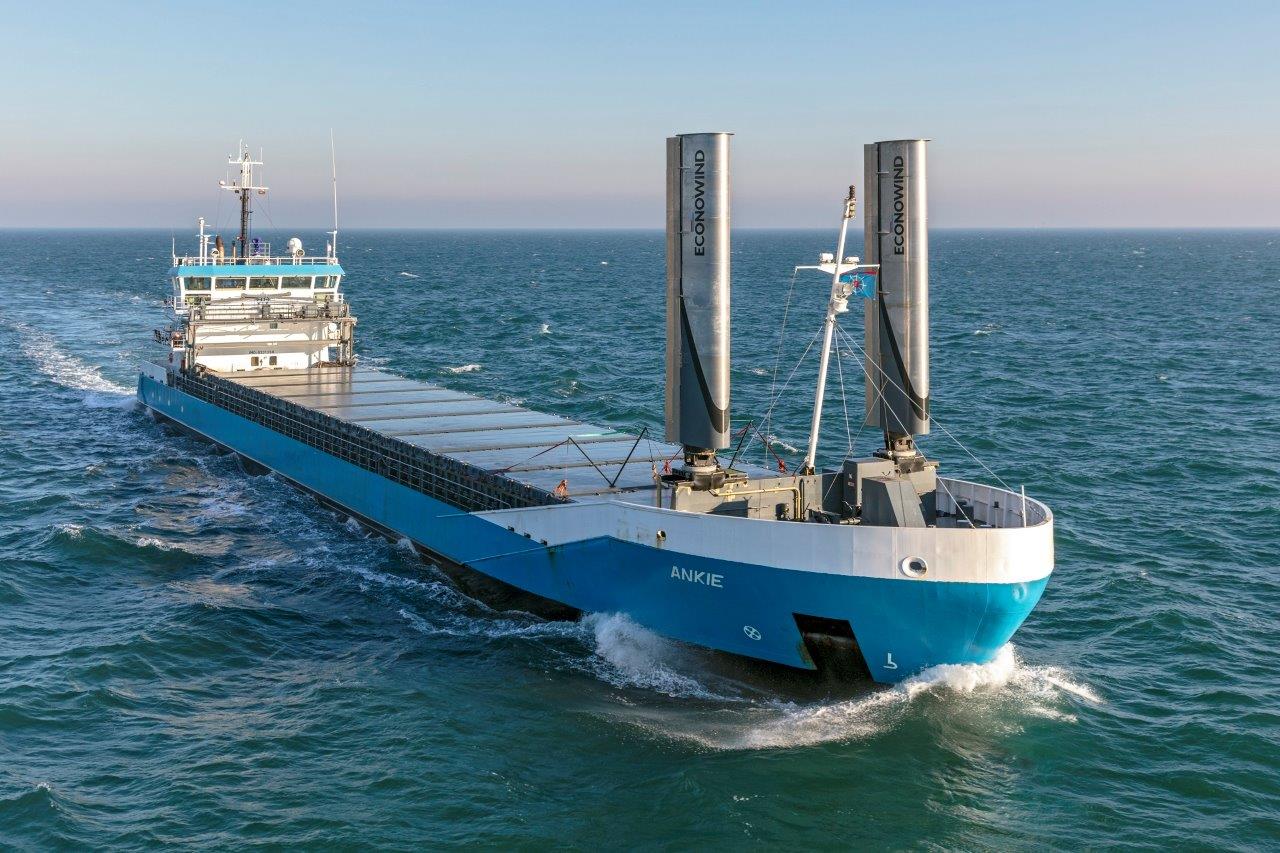Press Release: A tail wind is strengthening in the industry when it comes to decarbonisation, with an increasing number of companies assessing, trialling and installing wind propulsion solutions and it was with that backdrop that the International Wind Propulsion for Shipping forum was held as part of the Green Ship Technology conference in Copenhagen in association with the International Windship Association (IWSA).
The event brought together a diverse group of technology providers, class, research organisations, shipowners and wind propulsion specialists. The chair, Gavin Allwright, Secretary General of IWSA opened proceedings stating that a large number of projects are under development and increasingly coming to market, one that has been estimated by the EU at up to 10,700 installations by 2030 on bulkers, tankers and container ships with the UK Clean Maritime Plan forecasting this to grow to a £2billion a year market in the 2050s.

He handed over to Christian Baekmark Schiolborg, Manager of Maritime Technology and Regulation at BIMCO for his keynote speech who took the opportunity to emphasise the need to explore all avenues of technology development. Noting that a basket of solutions will be required to reach the industry decarbonisation targets and that wind propulsion will be a significant contributor to that decarbonisation process. He added that BIMCO stands ready to work together with the wind propulsion technology segment as it continues to develop.
Throughout the proceedings, panellists and participants emphasised that while there is still work to be done, the technology challenges are being systemically met in collaboration with testing facilities such as MARIN, SSPA and HSVA, the technology providers, shipowners and class. We heard from both ClassNK and DNV-GL that with their newly launched guidelines are a clear indication that wind propulsion systems are attracting significant interest and require more standardised procedures for installation, operations and assessments of safety etc.

The finance and shipowner sessions discussed the fundamentals required to further accelerate uptake of these modern and highly automated solutions, these included the need to de-risk and financially support demonstrator vessels and assist first movers in the sector. Maersk Tankers and Van Dam Shipping concurred that this was vital for their successful installations and the Wind Assisted Ship Propulsion (WASP) project was also presented as clear example of that, a 3-year EU Interreg North Sea Region subsidized project delivering five vessels outfitted with a number of wind installations and monitored and evaluated throughout.
Technology providers including Norsepower, eConowind, Wind+Wing Technologies, Airseas and AYRO all provided clear insights into the financing pathways available and felt that there were few scaling issues for the technology. The use of innovative ‘pay-as-you-save’ funding platforms was introduced by HHx Blue and discussions around the use of leasing and even rental of wind propulsion units was an intriguing insight into the future of the sector. The need for robust business models for wind propulsion uptake was also taken up by Kühne Logistics University with considerable resources going into the analysis of those currently underway.

The challenge of regulation and policy was also tackled in a number of sessions during the forum, the WiSP join industry project has been formed by MARIN and ABS along with a series of other industry stakeholders to tackle some of those development barriers including EEDI and EEOI and will be cooperating with the aforementioned WASP project on some of those elements, especially around valuing and validating wind propulsion fuel reduction and propulsive thrust contributions. The recent IMO submission on wind propulsion opportunities by the Comoros flag was also highlighted, with the specific call for wind propulsion to be integrated into all shipping decarbonisation discussions as an important technology family that can deliver significant GHG reductions today.
The forum also covered wind propulsion potential for small commercial vessels and short sea shipping, represented by the companies SailCargo Inc. from Costa Rica, Schormanns Maritima from Germany and the SV Lo Entropy to be operated between Belgium and the UK. All agreed that rational, viable business models are vital to the development of the sector, backed by more accessible finance and a change in perspective. This perspective change is challenging, rather than bigger is always better, a change of focus to appreciate that small vessels can operate competitively when the fuel component is reduced substantially. This will also be critical for small island countries and many places in the developing world.

The gathering was rounded out with a number of visions of how wind propulsion can transform shipping in the future and the pathways to reach those new paradigms. Blue Technology talked of primary wind vessels, developed through a multi-stakeholder JIP transforming the way vessels are constructed, using composite materials, segmented wing sails, lidar and onboard alternative fuel generation. The development of wind propulsion technology clusters was also discussed, with the example of the IWSA regional hub that has been developing in Nantes, western France, which is bringing together technology providers, R&D, engineers, shipbuilders and local government to share best practice, develop joint projects and to integrate wind propulsion into regional blue economy development strategies.
The final forecast: the future looks bright, clear skies ahead for tackling the decarbonisation challenge with the wind strengthening. The call was all hands on deck as the industry is setting its course towards a decarbonised fleet, and wind propulsion technologies need to be robust, tested, validated and increasingly readily available in the market to take their place as a front and central pillar in the industry transformation over the next decade.

































